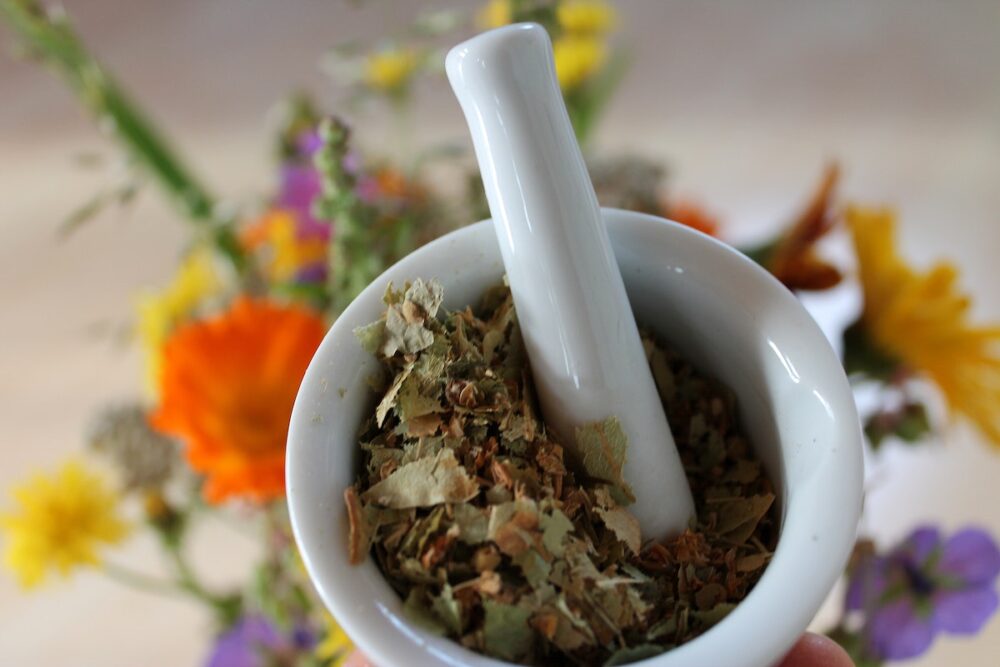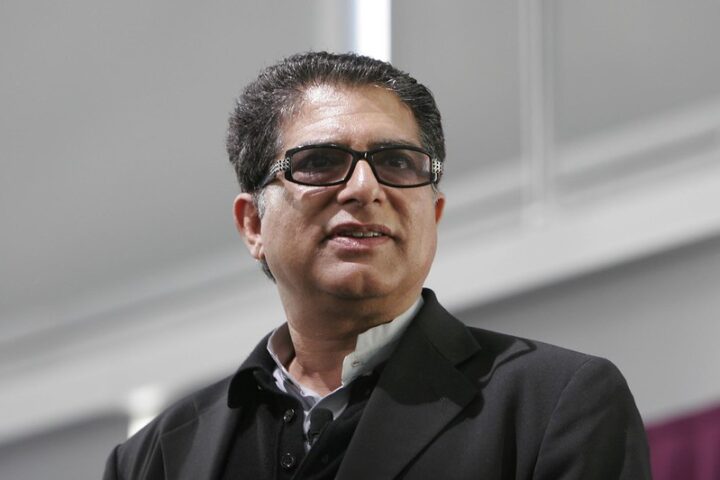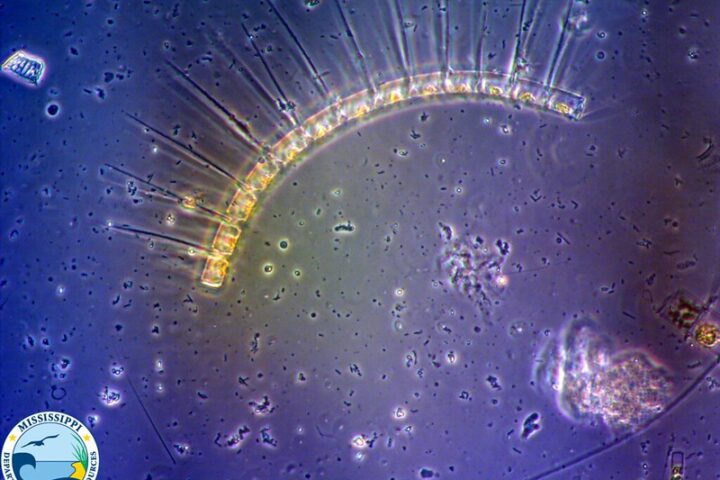Source: https://nuscimagazine.com/opinion-can-modern-medicine-and-alternative-treatments-coexist/
Nowadays, the healthcare environment is very dynamic and it has become imperative for people to find out how various medical systems can work together. Allopathic or Western medicine, which is modern medicine, heavily depends on scientific research evidence, clinical trials as well as technological innovation.
On the other hand, Ayurveda which is an ancient Indian medical tradition, relies on nature-based healing process that stresses on balance and wholeness. Nevertheless, even if they have different principles and ways of treating patients there may be a strong point in having these 2 methodologies coexist since it would benefit them in developing a more comprehensive integrative health care approach.
Ayurveda
More than 3,000 years ago, in India originated Ayurveda as a holistic approach to medical care. A fair translation of Ayurveda is “the science of life,” which indicates its all-inclusive method regarding health and wellness. Many historians believe that Ayurveda is one of the oldest healing systems on earth; it may have started over five thousand years ago. It was named often as the ‘Mother of All Healing’ and was deeply entrenched in ancient Vedic civilization where it was transferred orally from master to disciple for many generations.
Ayurveda highlights prevention by encouraging healthy living practices, maintaining a balanced lifestyle, making informed choices about food consumption and using natural herbs when necessary. It also offers insights into how to maintain synchrony between body, mind and consciousness based on each person’s inherent nature. Every individual has his/her own fingerprint and just like this, according to Ayurveda everyone has a typical pattern of energy known as their constitution which is constituted with unique blend of mental, physical and emotional attributes.
In India, Ayurveda is an officially recognized medical system that functions much like western medicine does in America. The Indian practitioners go through meticulous education programs approved by respective states before they can treat any patients out there. But you still need to check with your doctor before you embark on any therapy plan involving the use of traditional Indian medicine for treating diseases or disorders.
Modern Medicine
The modern medicine started taking shape after the industrial revolution in eighteenth century, a period characterized by rapid economic growth in Western Europe and in Americas. The 19th and 20th centuries saw significant breakthroughs in infection control. In the late 19th century infections were responsible for 30% of all deaths but by the end of the 20th Century this number declined to less than 4%.
Presently, modern medication has made great strides in dealing with infectious diseases and emergencies which these areas are curable. However, many other areas focus on managing them other than curing them, an approach that is commonly known as palliation. Nevertheless, contemporary medicine still faces major problems despite these developments. Among them; one urgent concern is rates of antibiotic resistance which have risen due to overuse of antibiotics and a capacity by pathogens to adapt or resist such treatments. The other problem is increased pollution and new health hazards.
Although the twentieth century witnessed dramatic reductions in deaths from infections, there might be future challenges that could erode some of these gains. Clearly, it is not yet finished with the fight, as there is no room for complacency.
Where they converge
The first International Congress on Ayurveda, held in Milan, Italy in March 2009, was the first scientific event of its kind to be conducted outside India. The congress concentrated on awareness, environment and health as integral components which are commonly separated by Western thought but bound together according to Ayurveda.
This congress led to an exciting discovery of commonalties between biomedicine and Ayurvedic science.
- Rastogi elaborated a plan that combined use of Ayurvedic oral medications with Panchakarma therapies for five patients who suffered from traumatic spinal cord injuries (Rastogi 2014).
- In another study conducted by Joshi & Bhonde (2014), successful experiments were done on tissue regeneration and cell renewal using Medhya herbs – particularly those plants known as memory enhancers or intellect boosters.
- Rhoda (2014) looked at how psychology could benefit from this ancient treatment method which made him conclude that Ayurvedic psychology provides more holistic mental health model. Consequently, it has individualized, doshic (the three bodily bio-elements: air, fire, and water) healing systems; unique therapeutic methods; and specific botanical medicines for psychological well-being.
There are even more studies which have not so groundbreaking but still very significant discoveries that are worth reading about. But the challenges of interlinking Ayurveda and Modern Medicine still overshadow the progress we make.
Divergence of the two
In spite of the enormous possibilities that modern medicine and Ayurveda can offer, it must pass through a number of challenges in order to coexist properly:
- Scientific Validation: One big criticism of Ayurveda is that many things about the practices included lack scientific validation. This means there is still some evidence supporting the benefits associated with certain treatment approaches from this famous Indian system but more high-quality controlled clinical trials are required to establish their credence and safety particularly with regard to the scientific community.
- Regulation: A lot of criticism has also been handed out because of the mismatch in the production and regulation of Ayurvedic products. May significant risks that have come out on top include impurities in the material, non-standardized concentrations and varying quantity. Much criticism has been directed towards Ayurvedic industry since it lacks regulation and standardization when producing and distributing herbal products.
- Education and Training: To effectively integrate, healthcare professions in both systems should have knowledge on the principles and practices of each other. To provide advice based on actual information to patients who want alternative treatments, modern doctors must also be introduced to Ayurveda in his/her career. In contrast, Ayurvedic practitioners have to understand what their treatments cannot do and under which circumstances they would pose a danger if used alongside today’s medicines.
- Cultural Differences: These two systems are based on totally different cultural as well as philosophical frameworks. Rationality is the basis of modern medicine while Ayurveda relies more on ancient wisdom and holistic approach to health. However, a person can overcome this problem through open-mindedness, respect for others’ views and integration of different perspectives.
The current world conditions are so dire that people need to adopt a holistic, natural, sustainable, and harm-free form of healthcare which will take care of them as well as the environment. Ayurveda emerges as a suitor victor that will have to work hard to prove that it is a good choice for people to opt into adopting its ways.
Resources
- John Hopkins Medicine. (2024). Ayurveda. Johns Hopkins Medicine. https://www.hopkinsmedicine.org/health/wellness-and-prevention/ayurveda
- admin. (2021, August 24). What is Ayurveda? Introduction & Guide | The Ayurvedic Institute. Ayurveda. https://ayurveda.com/ayurveda-a-brief-introduction-and-guide/
- Singh, A. R. (2010). Modern Medicine: Towards Prevention, Cure, Well-being and Longevity. Mens Sana Monographs, 8(1), 17–17. https://doi.org/10.4103/0973-1229.58817
- The. (2018, November 2). What is modern medicine? Medicalnewstoday.com; Medical News Today. https://www.medicalnewstoday.com/articles/323538#where-are-we-now
- Can Ayurveda co-exist with modern medicine? (2020, July 16). Nanyang Business School. https://www.ntu.edu.sg/business/news-events/news/story-detail/can-ayurveda-co-exist-with-modern-medicine
- Morandi, A., Tosto, C., Sartori, G., & Paolo. (2011). Advent of a Link between Ayurveda and Modern Health Science: The Proceedings of the First International Congress on Ayurveda, “Ayurveda: The Meaning of Life—Awareness, Environment, and Health” March 21-22, 2009, Milan, Italy. Evidence-Based Complementary and Alternative Medicine, 2011, 1–7. https://doi.org/10.1155/2011/929083

















